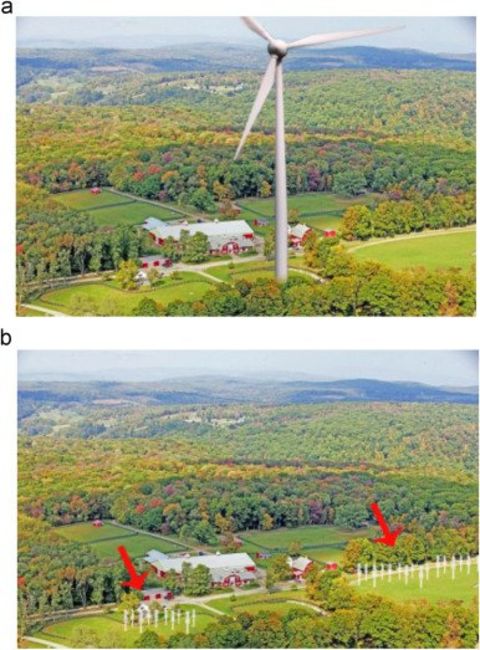Vertical Axis Wind Turbine Project
Wind power is a critical component in the world-wide effort to reduce greenhouse gas emissions and transition away from fossil fuels. Although utility scale wind turbine facilities can meet the technical challenge, the ability to install them at a sufficiently high rate in order to achieve critical climate change goals depends upon public acceptance. Previous research has shown that the public’s concern can be broken into separate pieces; namely aesthetic, safety, wildlife negative externalities and cost considerations. Public preferences over these considerations will need to guide the design and siting of wind facilities in order to minimize the level of public resistance, time, and delay involved in implementing wind energy.

But to what extent are the lessons in any one country transferable to others, particularly when there are wide variations in history, culture and political institutions? We know from public opinion theory that attitudes that are forged by direct experience can differ from those that are not. A person who lives near a facility or a prospective one might reasonably be more concerned with noise, light flicker or potential harms to themselves, their land or associated wildlife. Those concerns might in general vary less across countries and more by personal context unless there is some unusual perception of harm in one country that does not show up in others. On the other hand, some perceptions are not based on direct experience but on trust in government, different understandings of the necessity to deal with climate change, variations in how energy costs are distributed, or political ideology that could vary across countries. The latter might vary across different national settings, dictating a more country focused implementation strategy.
In this project, we compare the implementation of two different types of wind turbines in the U.S., as well as in China. Vertical and horizontal wind turbines have different advantages and disadvantages. Vertical turbines are smaller than horizontal ones, but produce more energy per unit and hence require fewer units. Horizontal wind turbines in the wrong place can result in many bird deaths while vertical turbines might cause fewer. The comparison of these different technologies tests the sensitivity of public receptiveness to particular design features.
Field Laboratory for Optimized Wind Energy (FLOWE) at Stanford University
The Field Laboratory for Optimized Wind Energy (FLOWE) at the Dabiri Lab was established with the support of the Gordon and Betty Moore Foundation to demonstrate innovative approaches to wind energy that have the potential to concurrently reduce the cost, size and environmental impacts of wind farms. Activities at FLOWE include meteorological, power and radar measurements of up to 24 portable, vertical-axis wind turbines in dozens of configurations, including the Stanford ‘S’ shown in this aerial footage. Ongoing research is supported by funding from the Office of Naval Research, the National Science Foundation, the Precourt Institute for Energy and the TomKat Center for Sustainable Energy. For more information, please visit http://dabirilab.com. John Dabiri, now at Caltech, served as professor of civil and environmental engineering and of mechanical engineering at Stanford from 2015-2019. Video credit: Ian Brownstein, Stanford University
